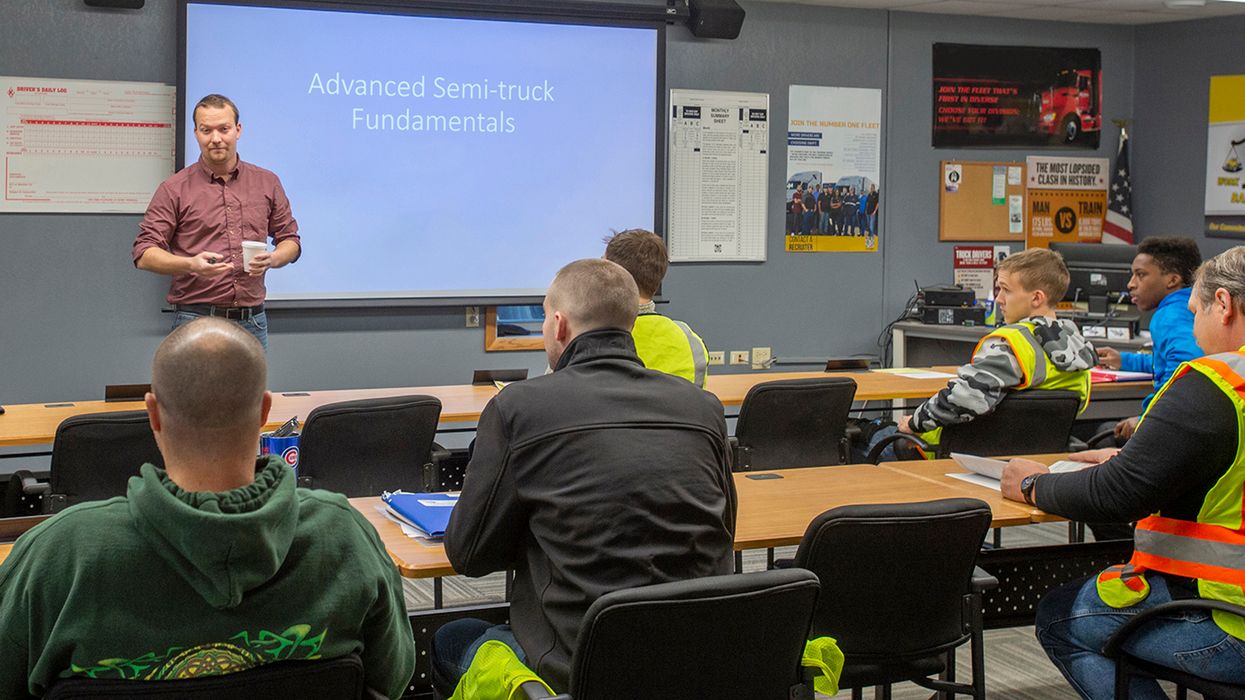Glossary of workplace jargon to keep your HR brain up to speed
Remember when the phrase “great resignation” was part of everyday vernacular? It was not the first — nor will it be the last — newly formed workplace jargon. The trend of new terms and phrases continues.
Because HR professionals and company leaders should be aware of terminology trends, the following list captures and defines some of the latest terms and phrases. Quiet quitting: Doing the bare minimum requirements of a job, without putting in extra effort to go above-and-beyond the role.
Quiet firing: Treating an employee so badly or disengaging them to the point where they quit on their own.
Quiet thriving: Employees make changes to their workday to shift their mentality to feel more engaged. Employees consciously identify the positive aspects of their job and recognize them.
Quiet vacationing: When employees take mini vacations while working remotely to avoid otherwise using paid time off.
Bare minimum Monday: Like quiet quitting but reserved for the first workday of the week.
Quiet hiring: Looking for talent from the inside of the company and developing it instead of getting talent from the outside, thus not increasing headcount.
Shift shock: This happens when new hires are given expectations for a job, only to learn that those expectations didn’t really pan out; they were somewhat misleading.
Presenteeism: When employees are at work, but not performing as they should be due to a medical condition or other distractions.
Resenteeism: When employees stay in jobs they don’t like but feel they are unable to leave or move on, making them resent their jobs, workplace, coworkers, etc. Unlike quiet quitting, employees with resenteeism might not conceal their unhappiness.
Rage applying: When employees are unhappy at work (resenteeism?), and they send mass applications for other jobs. This can often lead to those employees finding other jobs.
Boomerang employees: Employees who leave a company for greener pastures elsewhere only to return after a while.
Career cushioning: When employees upskill, update their resumes, and look for better jobs while still in their current position in case they are laid off. This can happen when a company is at risk of cutbacks.
Coffee badging: For remote employees who are required to go into the office at least on occasion, coffee badging is when they come into work (badge in) and stay only long enough to ensure their presence is noted — long enough get a coffee. They then leave and spend the rest of the day working from home.
Lazy girl jobs: These are positions often involving working from home, easy tasks, and flexible hours (work/life balance). The positions generally pay enough for employees to live independently.
Mouse jiggler: A tool that simulates mouse movement to prevent a computer from sleeping or showing idle status, so it looks like employees are working, even if they are not at their workstations. Often used by remote employees. Employers have tools to help detect when employees are using mouse jigglers, particularly if it is an app.
Great detachment: Employees are disengaged from their work and want to leave, but are constrained by a tough, competitive labor market.
What can employers do?
Aside from having a handle on these terms, having an overall sense of the workplace culture and how employees feel about their jobs might go a long way to improving retention. Disengaged employees are a disservice to everyone.
Consider sending out anonymous company surveys to get a read on how employees are doing. For a more personal experience, schedule regular one-on-one meetings with employees to get their input. Even just listening to their concerns might help avoid having mouse jigglers.
Key to remember: The dictionary of workplace buzzwords will continue to expand as the world of work evolves. Employers benefit from staying on top of such terminology.



















































